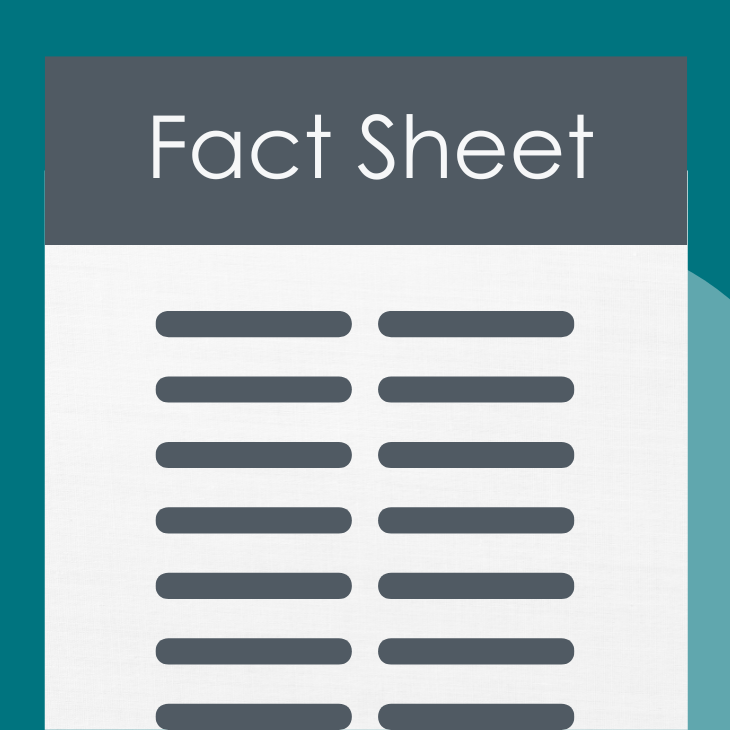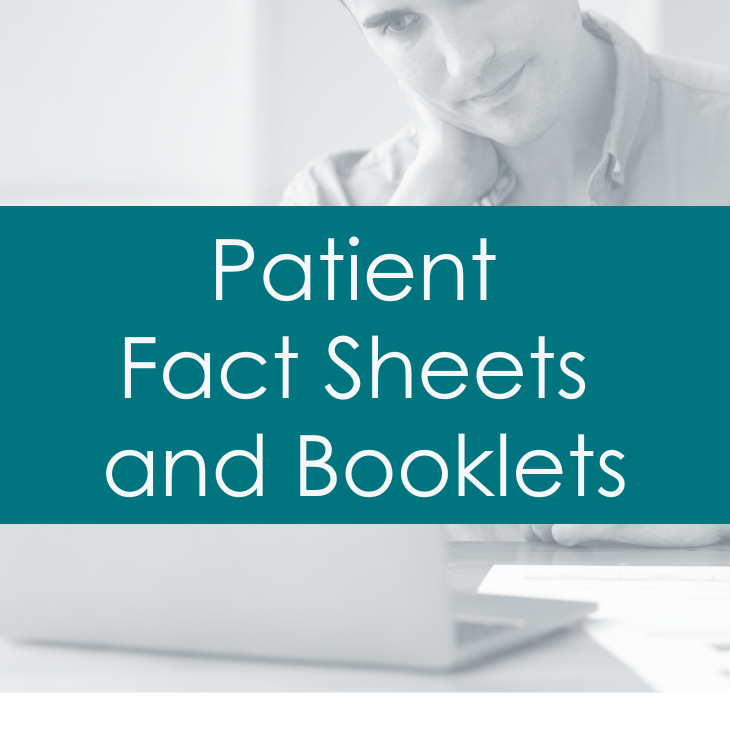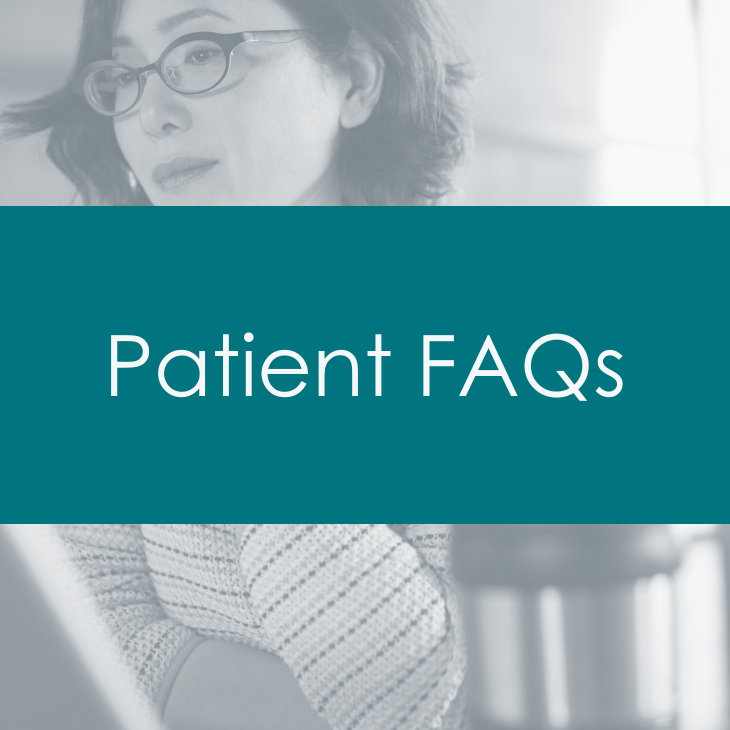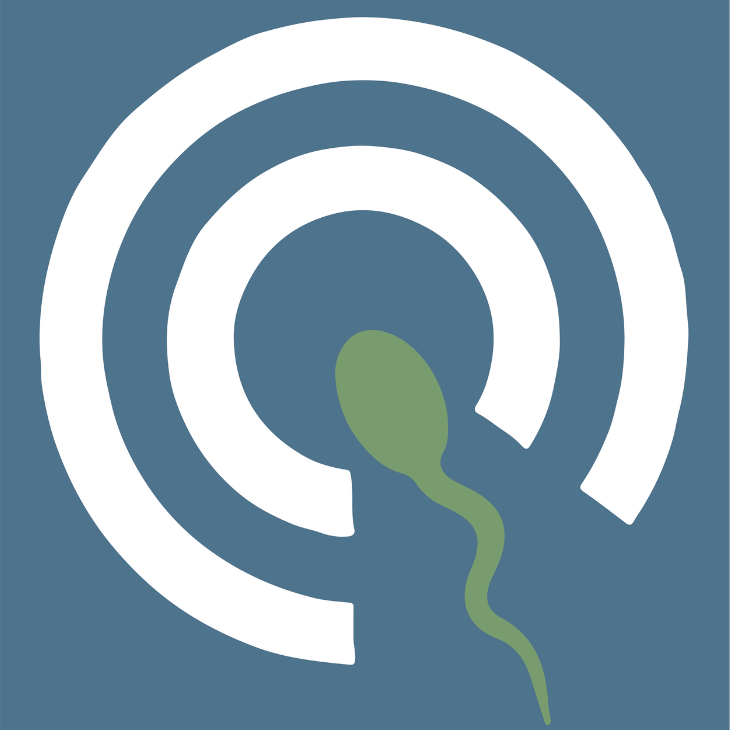
Revised 2023
What are gonadotropins?
Gonadotropins are fertility medications given by injection that contain follicle-stimulating hormone (FSH) alone or combined with luteinizing hormone (LH). During a regularly occurring menstrual cycle, both FSH and LH are produced by the pituitary gland in the brain to naturally stimulate the ovaries to make a single egg each month. When FSH (with or without LH) is given as an injection, it works directly on the ovaries to make multiple follicles (cysts containing eggs), which helps to promote fertility. Other fertility medications, such as clomiphene citrate, stimulate the ovaries by working in conjunction with the brain.
How are these medications used?
Gonadotropins usually are used during fertility treatments such as intrauterine insemination (IUI) or in vitro fertilization (IVF). Injections of gonadotropins are started early in the menstrual cycle to cause multiple eggs to grow to a mature size.
What are some of the potential side effects of gonadotropins?
Ovarian Hyperstimulation Syndrome (OHSS)
OHSS is characterized by enlarged ovaries and fluid accumulation in the abdomen after stimulation by gonadotropins and after ovulation occurs. A mild form occurs in 10% to 20% of cycles and results in some discomfort but usually resolves quickly without complications. The severe form occurs approximately 1% of the time. The chance of OHSS is increased in women with polycystic ovary syndrome and in women who become pregnant during the cycle in which gonadotropins are given. When severe, OHSS can result in nausea, vomiting, rapid weight gain, dehydration, blood clots, kidney dysfunction, twisting of an ovary (torsion), fluid collections in the chest and abdomen, and, rarely, even death. In severe cases, hospitalization is often required for monitoring. The condition is temporary, usually lasting only a week or two. Several strategies exist to prevent or minimize symptoms, including withholding further gonadotropin stimulation, delaying hCG administration until hormone levels plateau or decline, or even withholding hCG to prevent ovulation. In IVF cycles in which OHSS is felt likely to develop, an oral medication, cabergoline, may be given to lessen the severity of these symptoms. Another way to shorten the time that a patient may have OHSS symptoms is to consider delaying the embryo transfer in IVF couples by freezing (cryopreserving) the embryos and transferring at a later date when the OHSS symptoms are completely resolved. Please refer to the ASRM factsheet titled “Ovarian Hyperstimulation Syndrome (OHSS)” for more information.
Multiple Gestation
When using injectable gonadotropins alone or with IUI, up to 30% of pregnancies are associated with multiple implantations (twins or more), which only occur in 1% to 2% of naturally occurring pregnancies. The increased risk of multiples is due to the number of eggs that are stimulated during an ovulation induction cycle or due to the number of embryos transferred in an IVF cycle. While most multiple pregnancies are twins, up to 5% are triplets or higher. When a woman has twins or more, she is at higher risk of miscarriage, preterm delivery, infant abnormalities, handicap due to the consequences of preterm delivery, pregnancy-induced hypertension, bleeding, and other significant maternal complications. The risk of severe complications increases as the number of fetuses that implant in the uterus increases.
Ectopic (Tubal) Pregnancies
Ectopic pregnancies occur in 1% to 2% of naturally occurring pregnancies; in gonadotropin cycles, the rate is slightly increased. Ectopic pregnancies can be life threatening and may require treatment with medication or surgery. Occasionally a tubal pregnancy can occur at the same time as an intrauterine pregnancy (heterotopic pregnancy) and requires surgery to remove the ectopic pregnancy while not harming the pregnancy inside the uterus. Please refer to the ASRM fact sheet “Ectopic Pregnancy” for more information.
Adnexal Torsio (life-threatening)
In less than 2% of gonadotropin cycles, the stimulated ovary can twist on itself since the ovary is heavier from more follicles. This twisting can cut off the blood supply. Therefore, surgery is required to untwist the ovary, or in severe cases, to remove the ovary.
Gonadotropins and Cancer
Although early studies suggested that the risk of ovarian or other cancers of the female genital tract might be increased when exposed to medications for ovulation induction, current studies have shown no increase in any cancers with the use of fertility medications.
Local or Generalized Reactions
In some women, the injection may cause a local skin irritation. It is extremely rare to have an actual allergy to medication. Some women may experience breast tenderness, headaches, or mood swings from the gonadotropins.
In Vitro Fertilization (IVF)
Fact Sheets/Booklets
View more fact sheets and booklets written by the ASRM Patient Education Committee.
Menopausal Transition (Perimenopause): What Is It?
The menopausal transition (perimenopause) is the period that links a woman’s reproductive (childbearing) years and menopause.
Osteoporosis
Osteoporosis and osteopenia are conditions of having low bone mass (density).
Hyperprolactinemia (High Prolactin Levels)
Prolactin is a hormone produced by your pituitary gland which sits at the bottom of the brain.Find a Health Professional











